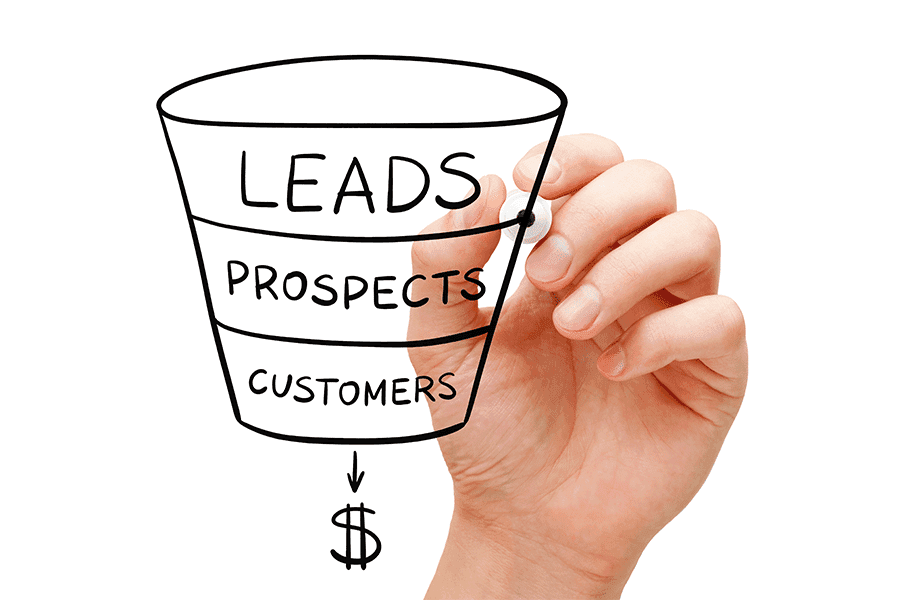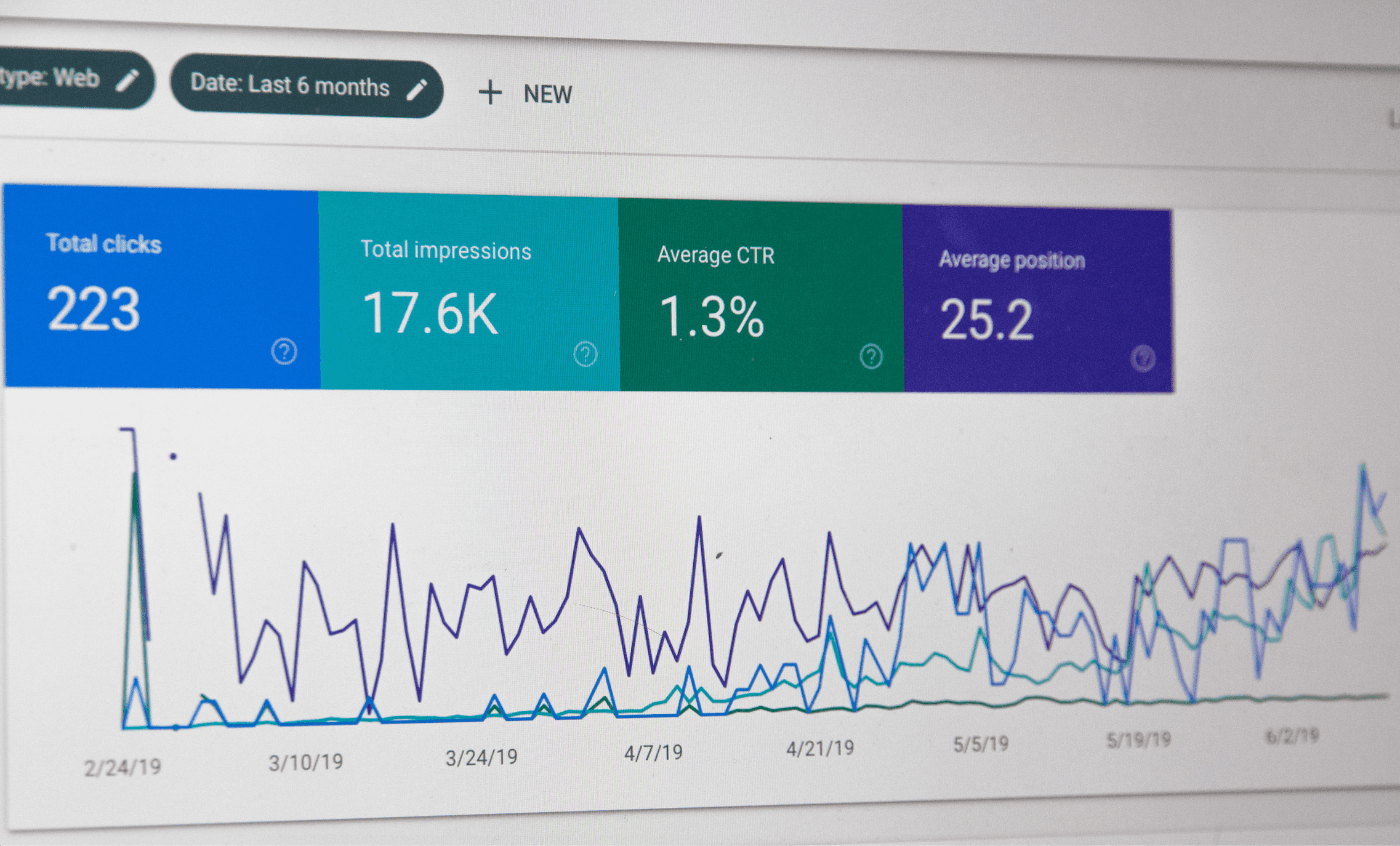Top 5 Facebook Ads Myths in 2024 [Debunked!]

Meta, the parent company of Facebook, Instagram, WhatsApp, and more, stands as an advertising giant both domestically and globally. Projected to amass $62.70 billion in ad revenues in the US alone in 2024, Meta is poised to command 20.4% of US digital ad spend and a staggering 75.6% of US social network ad spend, according to an October 2023 forecast by EMARKETER.
With its expansive reach and powerful advertising capabilities, Meta ads offer businesses an essential platform to:
- showcase their products or services.
- engage with their audience.
- drive impactful results.
However, despite its significance and proven success, there are many misconceptions surrounding advertising on this platform. Join us as we debunk these myths, offer invaluable insights, and equip you with actionable strategies to empower your success as you advertise with Meta.
Top 5 Myths When Buying Ads on Meta in 2024
FB Ad Myth 1: The Meta Algorithm is a Mystery

Meta, the parent company of Facebook, Instagram, WhatsApp, and Oculus, utilizes a sophisticated algorithm to optimize ad delivery. Contrary to common misconceptions, the algorithm isn’t shrouded in mystery. Let’s demystify it for you.
Meta’s algorithm leverages vast amounts of user data to determine who to show your ad to. Before an ad is even posted, Meta collects data on past content interactions and website visits, allowing it to create a profile for each user. This profile is then used to match ads with individuals who are most likely to engage with them. In this way, the algorithm operates like a recommendation system, similar to Netflix suggesting movies.
While demographics play a role, user behavior is prioritized, ensuring ads are shown to those most likely to engage. So if a user frequently purchases shoes online, Meta may target them with shoe-related ads, regardless of their age or gender.
The algorithm works in three key phases:
- Estimated action rate – Predicts the likelihood of a user engaging with the ad and completing the desired action, such as making a purchase.
- User experience – User experience refers to the quality of the ad’s creative and its relevance to users. A bad creative can have a detrimental effect on ad performance, as users are less likely to engage with unappealing or irrelevant content.
- Bid – Determines how much advertisers are willing to pay to have their ads displayed.
Understanding how the Meta algorithm operates can help you optimize your campaigns more effectively. Trusting the algorithm to deliver ads to the right audience at the right time is key to achieving success on the platform, which leads to our second myth.
FB Ad Myth 2: We Need to Tell the Algorithm What to Do

Another common misconception among advertisers is the belief that they must tell the algorithm what to do and meticulously select their target audience. However, this approach may not align with the way Meta’s algorithm operates.
As we’ve mentioned, the algorithm works by analyzing user behavior and preferences to identify the most suitable audience for ads. Rather than manually choosing specific demographics or characteristics, you should trust the algorithm to find the right audience based on user interactions with content.
Over-targeting and micromanagement can have the unintended effect of hindering the effectiveness of ad campaigns. By restricting the audience too narrowly, you may limit the algorithm’s ability to reach potential customers who exhibit similar behaviors to those already engaging with the ad.
Example:
An advertiser may want to target women aged 25-35 with an interest in fitness for their latest ad. Traditionally, advertisers might manually input these demographic criteria into their ad campaign settings. However, the algorithm’s capacity to analyze online behavior and engagement patterns enables it to identify individuals who align more closely with this profile.
The algorithm may recognize that a 25-year-old female exhibits behaviors typically associated with a 45-year-old female while a 45-year-old female displays behaviors more typical of a 25-year-old. In this case, the algorithm may show the ad to the 45-year-old, not the 25-year-old.
To ensure success, you should view the algorithm as a business partner and work collaboratively to achieve optimal results. This involves trusting the algorithm to select the audience and focusing on creating high-quality ad content that resonates with users. Additionally, running multiple ad sets with different audiences and monitoring conversion events can help optimize ad performance and drive value for the business.
By understanding the genius behind the algorithm and its pivotal role in audience targeting, you can tailor your approach accordingly and optimize the effectiveness of your ad campaigns on Meta platforms.
FB Ad Myth 3: Creative is Everything and Should NOT Be What YOU Like

Creative content is often underestimated in advertising. There is a myth that tweaking audiences holds more weight than investing in creative efforts. This is false.
Unlike audience tweaking, which can yield marginal results, improvements in creative can have a profound impact on ad performance. Meta prioritizes ads based on user experience, making engaging and compelling creative essential for cost reduction and effectiveness.
Similarly, there is a belief that a single, personally favored creative piece suffices. This overlooks the dynamic nature of user preferences. For instance, if you create an ad that you find amusing because you believe it’s entertaining, it might not resonate with everyone. Some individuals might prefer ads that convey a narrative, others might prefer ads that offer practical insights, and others may prefer ads that feature captivating visuals.
Relying solely on personal preferences could result in missing opportunities to connect with diverse audience segments.
Recommendations for effective creative production:
- Prioritize diversity: Produce a range of content variations to appeal to different audience segments. So, instead of investing in a single ad, consider creating multiple smaller pieces of content with diverse messaging.
- Emphasize quality: Ensure that all content is of high quality and aligns with your brand image. Avoid excessive spending on ads that may not resonate with your audience. Channel that investment to your creative.
- Avoid excessive workshop efforts: Trust the algorithm to optimize ad delivery based on user engagement. Rather than spending excessive time and resources tweaking creative, let the algorithm identify the most effective content.
- Acknowledge uncertainty: Recognize that it’s impossible to predict which creative will resonate most with your audience. Experiment with different content variations and allow data-driven insights to guide your creative strategy.
- Don’t rely solely on personal preferences: Recognize that what you personally like may not align with the preferences of your target audience. People have diverse tastes and preferences, and it’s essential to prioritize content that resonates with your audience.
By prioritizing engaging and diverse content production over rigid audience targeting and personal biases, you will be able to unlock the full potential of your campaigns and drive meaningful results.
FB Ad Myth 4: You Should Only Have Temporary Ad Campaigns on Meta

A prevalent misconception revolves around the belief that success on Meta platforms hinges solely on temporary ad campaigns tied to specific occasions like Easter or Memorial Day. This approach, reminiscent of traditional media planning with campaign sprints, comes with its fair share of consequences.
Consequences of only using temporary ads:
- Short-term focus: Relying solely on temporary campaigns prioritizes short-term gains over long-term growth, resulting in inconsistent advertising efforts.
- Variable results: Such campaigns often yield unpredictable results, making it challenging to maintain a stable revenue stream and undermining the reliability of campaign performance.
- Limited audience engagement: Event-based ads may fail to engage audiences during non-seasonal periods, leading to missed opportunities for customer acquisition and reduced brand visibility.
- Unreliable data: Fluctuating campaign performance can skew data analytics, hindering accurate insights into audience behavior and preferences.
Apart from temporary ads, we also have evergreen ads. Evergreen campaigns prioritize stability and consistency in advertising efforts and are characterized by messaging that remains relevant year-round. They serve as the foundation for driving consistent results and building long-term success.
To optimize your campaign efforts on Meta, a multifaceted solution between these two campaign types is imperative.
The solution:
- Hybrid approach: Implement a hybrid strategy that combines evergreen campaigns for consistent long-term results with event-based ads to capitalize on seasonal opportunities.
- Continuous optimization: Continuously optimize both evergreen and event-based campaigns to adapt to changing market conditions and consumer preferences.
- Data-driven decision-making: Utilize data analytics to inform campaign strategies, identifying the most effective mix of evergreen and event-based ads for optimal results.
Embracing a balanced approach to advertising on Meta platforms enables your business to achieve sustainable growth, maintain audience engagement, and capitalize on seasonal opportunities. This strategy ensures that you can seize short-term benefits while safeguarding long-term stability.
Fb Ad Myth 5: B2B Audiences are Not on Meta in 2024

There’s a prevalent myth that B2B decision-makers and professionals are not active on Meta platforms like Facebook and Instagram in 2024. Many believe that these individuals primarily engage on platforms like LinkedIn, which makes businesses overlook the potential of advertising on Meta.
However, challenging this myth reveals a different reality. While LinkedIn certainly serves as a professional networking hub, it’s not the only online destination for B2B audiences. Many professionals and decision-makers do use Meta platforms regularly, alongside or even instead of professional networking sites.
Moreover, the myth overlooks the fact that professionals and decision-makers are not solely focused on work-related activities when they’re online. They’re also consumers, family members, and individuals with personal interests. Therefore, assuming that they’re only active on professional networking sites neglects the multifaceted nature of their online behavior.
Why you are likely to find B2B companies on Meta:
- Broad reach and high engagement: Despite the perception that LinkedIn may offer a more concentrated audience, Meta platforms provide broader access and potentially higher engagement rates. This means that B2B companies have a significant opportunity to reach their target audience on Meta and drive meaningful engagement.
- Advanced targeting capabilities: Meta platforms have advanced targeting capabilities that allow businesses to reach specific B2B audiences based on their interests, behaviors, and demographics.
- Enhanced audience engagement: When comparing the audience engagement levels, Meta platforms often come out on top. Professionals may log into LinkedIn out of necessity, such as responding to messages or updating their profiles, but they’re more likely to spend leisure time scrolling through Facebook and Instagram, engaging with content that resonates with them.
Understanding the behavior and engagement patterns of professionals on Meta can unlock new opportunities for reaching and engaging with this valuable audience segment. By incorporating Meta platforms into your advertising strategies, B2B companies can expand their reach, increase brand visibility, and drive meaningful interactions with their target audience.
Conclusion
Investing in Meta ads is for modern businesses. By leveraging Meta’s extensive reach and robust advertising tools, you can boost brand visibility, connect with your audience, and achieve tangible results.








